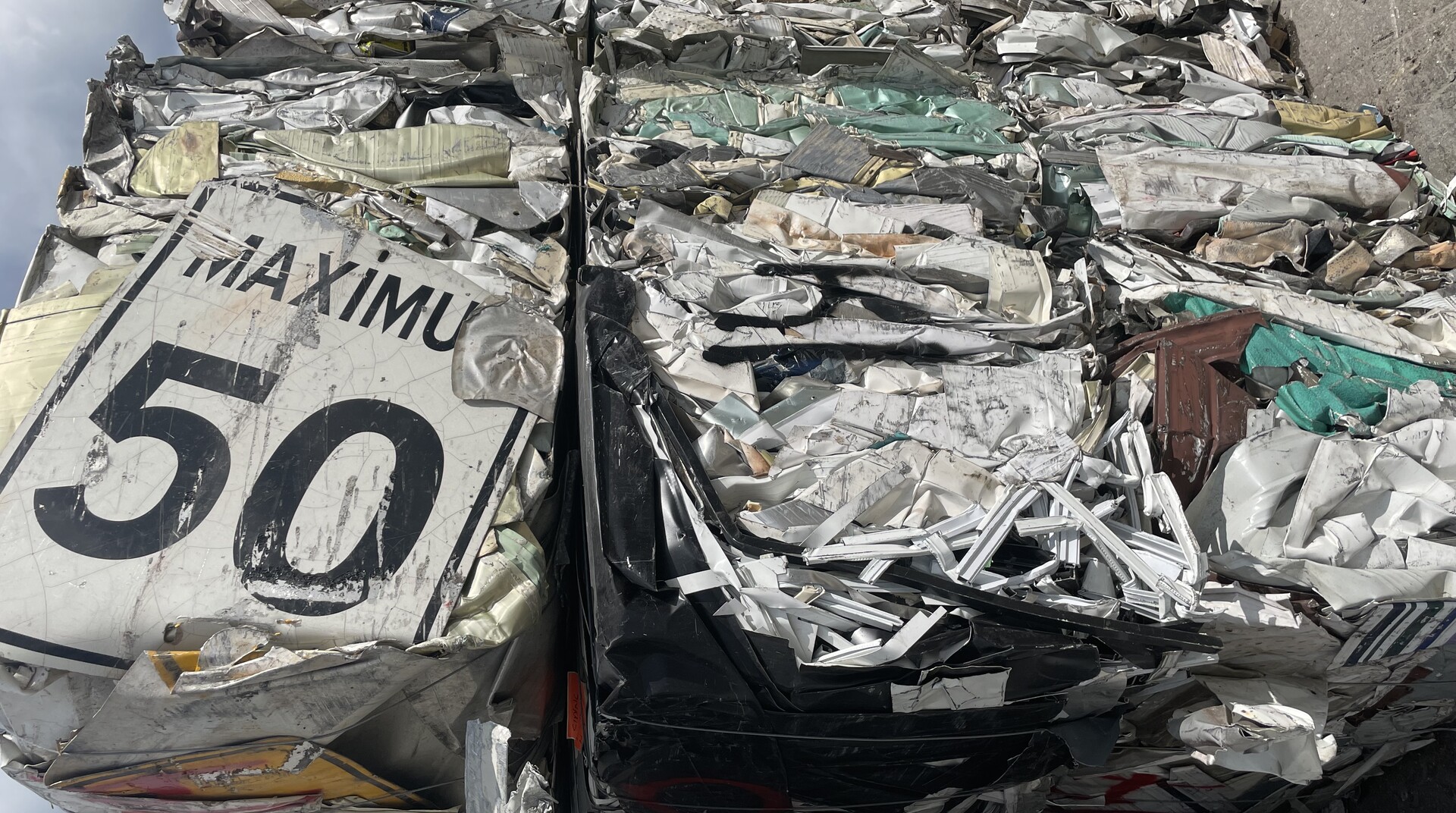
Recycling Aluminum is Critical to America
The U.S. aluminum industry has invested more than $10 billion into domestic capacity over the last decade. This added capacity creates jobs, increases economic circularity and helps meet increased aluminum demand. However, as these investments begin to come online, the industry needs a reliable supply of input material. Aluminum can be infinitely recycled. In fact, recycled aluminum makes up more than 80% of U.S. production and 75% of all the aluminum ever produced is still in use today.
Aluminum Recycling Agenda
Capture More Aluminum for Recycling
- Invest in recycling infrastructure for aluminum cans and other markets.
- Pass and fund the bipartisan Recycling Infrastructure and Accessibility Act and the Recycling and Composting Accountability Act as a first step to improve U.S. recycling.
- Support public and private efforts to promote consumer recycling.
- Advocate for recycling refunds and Extended Producer Responsibility (EPR) policies proven to dramatically increase metal recovery
Develop the Aluminum Sorting Technology of Tomorrow
- Incentivize new technologies and infrastructure to sort and separate aluminum at industrial scale and speed.
- Promote product design that optimizes for end-of-life metal recovery
Support Aluminum's Infinite Recycling Advantages
- Support policies that keep scrap aluminum at home for sorting, melting and re-use.
- Facilitate access to affordable and reliable energy to help manufacturers recycle more aluminum into new products.
Infinitely recyclable, uniquely sustainable.
More than 90% of the aluminum used in cars, buildings, airplanes and similar industrial products is recycled. Additionally, consumer products like beverage containers are recycled at far higher rates than competing packages such as glass, plastic bottles or multi-layer composite containers. But we must do more to bring back the more than $800 million of recyclable aluminum that goes to landfills each year.
U.S. Aluminum Can Recycling Counter
Each year, the U.S. aluminum industry recycles billions of used aluminum beverage cans. In fact, since the industry starting tracking recycling in 1972, we've recycled more than 2 trillion cans. Here's how many cans we've recycled so far this year.
